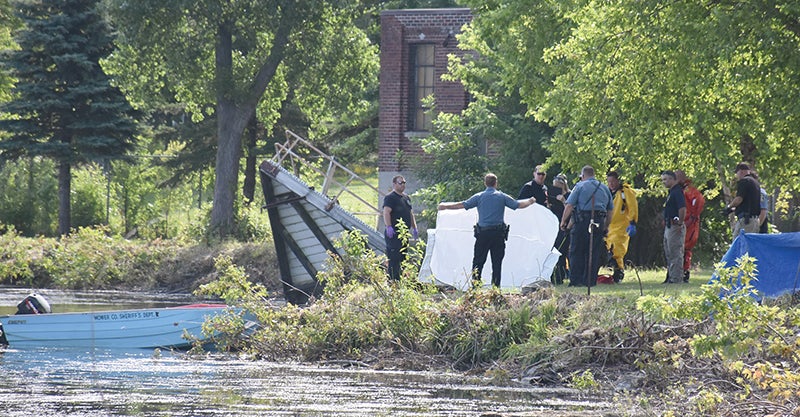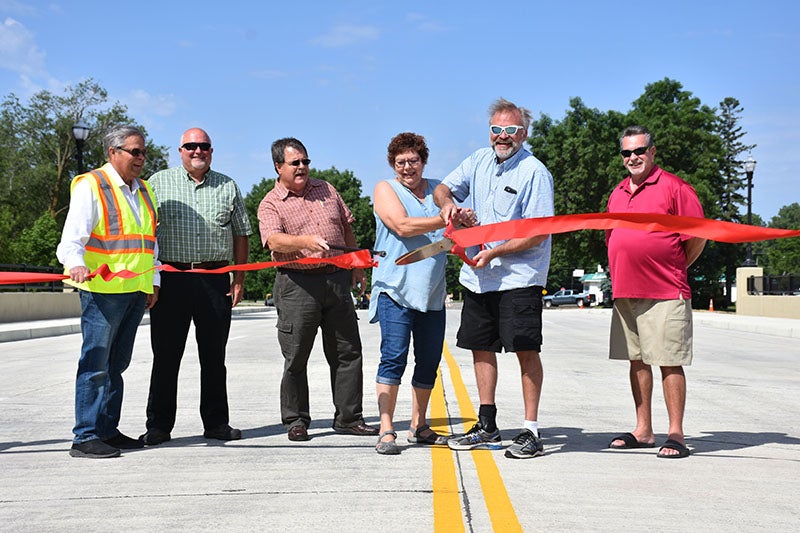A look into wind farm business
Published 5:00 pm Saturday, December 11, 2010
The wind farm business includes more than meets the eye.
Renewable Energy Systems America is the name behind the Pleasant Valley Wind Project, a proposed wind farm that would be created on an 80-square-mile area of land in Mower and Dodge Counties. The project is expected to host a 300 MW wind farm with 130 to 200 turbines. But before that happens, it needs final approval from the county.
The project has already been given the green light from the Minnesota Public Utilities Commission — one of the biggest hurdles the project faced. Now, RES is looking to Mower County to approve permits related to the use of transmission lines in the county.
While the project was officially proposed a year ago, RES had been scoping out the area since 2007 — a typical time frame for a wind farm development project.
“Our initial step was to do some prospecting,” said RES Vice President of Development Joe DeVito.
RES is not new to the wind farm scene. In fact, the company is responsible for 10 percent of wind energy generated in the United States. The company, founded in the UK, is responsible for the creation of wind farms from coast to coast. So when it comes to pinpointing regions of interests and beginning the stages of proposed development, RES developers pretty much have it down to a science — but that doesn’t mean their formula is the same state to state.
“Every state has a different set of requirements, and every region has a different set of challenges,” DeVito said.
Something that hasn’t been a challenge for RES with the Pleasant Valley Wind Project is cooperation with those in the communities the company seeks to build.
“It’s a big ask,” DeVito said of the request to use residents’ land for turbines. “I think folks in this part of Minnesota have gotten accustomed to wind farms, because there are a few close by. They understand the benefits from the wind farms.”
Some of those benefits can come in the way of reducing the overall tax burden to county residents and payment to those who allow turbines in their property.
So far, RES has had 350 families sign on to have their land used to house turbines and roads that lead to them. But they haven’t, of course, done it without a little incentive.
DeVito said RES worked with a land owners steering committee, made up of all the land owning families and their attorney. Through that, they were able to come to a deal that left everyone happy — and made sure that funds given to landowners didn’t vary from one site to the next. In essence, everyone received the same payment, in return for the use of their property. Reports from previous wind farms built in the Mower County area indicate landowners received around $9,000. However, because of confidentiality reasons, DeVito wasn’t able to provide examples of landowner incentive costs for the Pleasant Valley Project.
“The way we structure our deal, everyone got the exact same deal,” DeVito said, “which we found to be pretty important, because when we get involved in community, we like to be a constructive force.”
RES spent six months holding education meetings with the public. While that may seem like a while, DeVito said communication and cooperation with community members is a basis of the way they do business.
Impact on the economy
The construction phase of the Pleasant Valley Wind Farm Project is also likely to impact residents who are looking for work in the field — and the economies of the small towns near the building location.
When the Pleasant Valley Project begins construction, it’s expected to have an average of 300 workers employed at any given time. Some of those workers will be local, as DeVito said it makes sense economically for the company to hire someone already living in the facility. However, others with specific specialized training will travel to the area for work. That’s good news for area restaurant and hotel owners.
Prairie Star Wind Farm, located near LeRoy, brought a lot of business to the region during the construction phases of the project. That momentum has carried through to present day, as many employees have planted roots in the LeRoy area.
A maintenance and operations building, located on the west side of town, has helped LeRoy a great deal. It’s added to the tax base, brought in roughly 30 to 45 jobs and has helped local businesses, from restaurants to gas stations.
“Not everybody lives here, but when they’re in town, if they’re here over the noon hour, they’re patronizing businesses,” said LeRoy City Clerk Patty White.
Because of the boost the business has had on the local economy, wind farm employees aren’t exactly shunned by area business owners.
Luan Overocker, owner of Sweets Hotel and Bar in LeRoy, couldn’t be more pleased with the business the wind farms have brought into her establishment.
Considering The Sweets is a hotel, bar and restaurant all in one, Overocker said her business offers the combination most wind farm workers are looking for.
“I’ve had guys come stay for two, three months at a time,” Overocker said. “They come in and have some food, some drinks at the bar and go upstairs to bed.”
Even when it’s not construction season, Overocker sees customers who are in town for maintenance or relating tasks on the wind towers.
Jim Gronwoldt, owner of Travel Lanes and Supper Club in LeRoy said he hasn’t seen anything but good come out of the LeRoy’s recent transformation into a wind farm town.
“As a community, it’s definitely been a boost,” he said.
Gronwoldt, who owns the supper club with his wife, Brenda, have seen an uptake of business on a regular basis, thanks to the wind farm scene. Aside from daily dining, Gronwoldt has stayed busy hosting Christmas parties and large-scale dinners for wind farm employees, paid for by executives.






